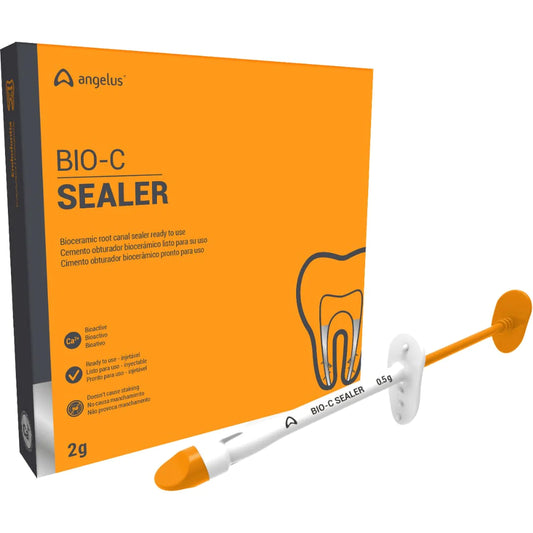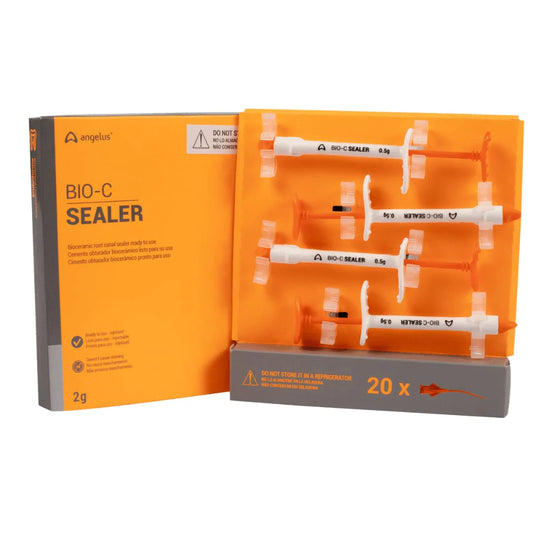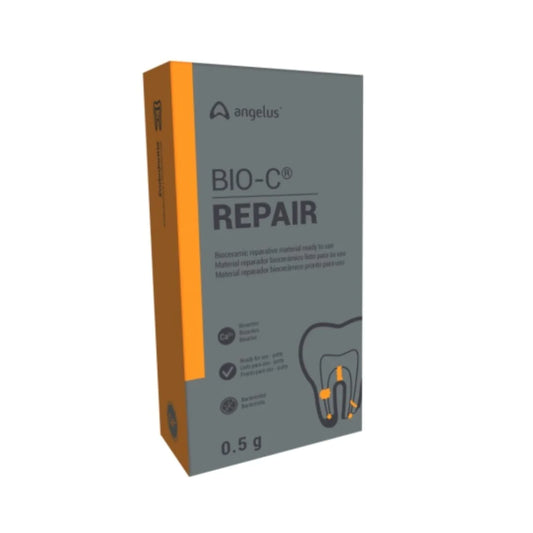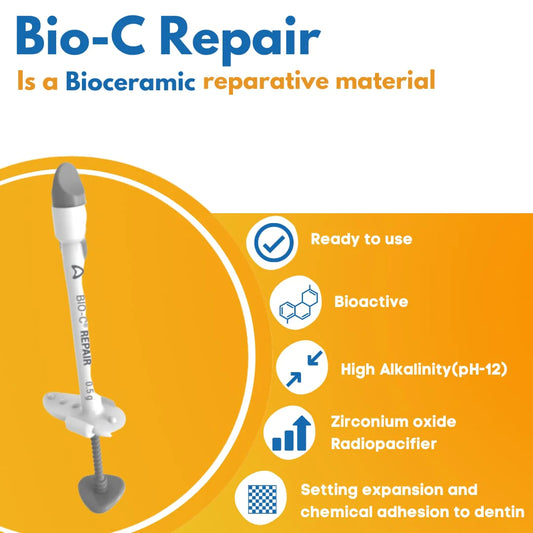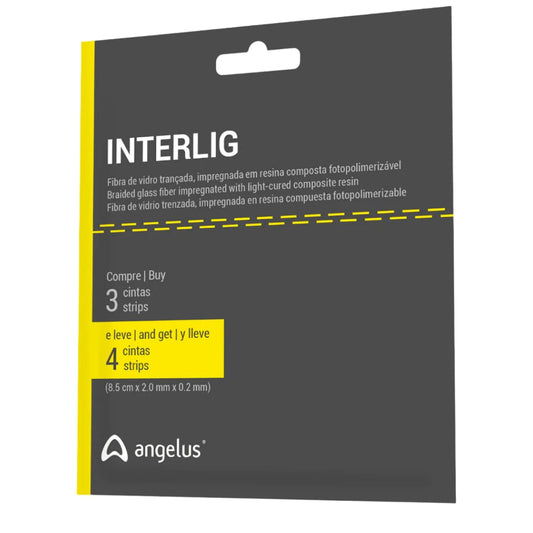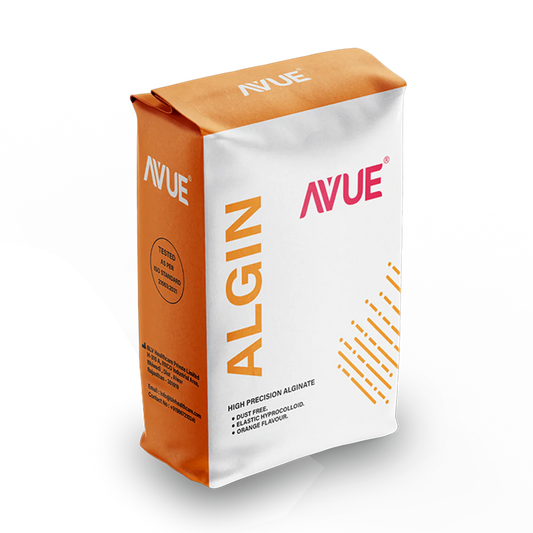Microfill Composites: A Guide for Practitioners
What are Microfill Composites?
Introduced in the early 1980s, Microfilled composites are one of the dental materials used in restorative dentistry. Microfills consist of 0.02–0.04 µm size particles, and these small particle sizes aid in a natural-looking appearance with a high and easily maintained polish. The small particle size gives microfilled composites several advantageous properties such as Smooth Surface Finish, Polishability, Translucency, etc.
Microfilled resin composites are known for their esthetically appealing restorations with smooth surfaces and natural-looking translucency. Operators choose these materials based on the specific requirements of each case, considering factors such as location in the mouth, esthetic demands, and functional considerations.
Benefits of Using Microfill Composites
These composites are known for their brilliant polish and therefore, treatment of choice for class I restorations and contraindicated in class IV or stress-bearing areas.
The following are the advantages of using microfill composite in clinics:
Translucency:
Dental composites can be formulated to be more translucent, mimicking the optical properties of natural tooth structures. This transparency is advantageous for creating lifelike restorations that blend seamlessly with surrounding teeth, enhancing overall smile aesthetics.
Flexibility:
Microfill composites exhibit a certain degree of flexibility, making them suitable for situations where the restoration may be subjected to biting forces or minor occlusal stresses. This flexibility contributes to the longevity and durability of the restoration.
Versatility:
Microfilled resin composites are versatile and can be used for various dental restorations, including small restorations in non-stress-bearing areas of the mouth. They offer a dependable option for restoring teeth.
Less Filler Content:
Compared to other types of composites, microfill composites typically have a lower filler content. While this may result in slightly lower wear resistance, it also provides advantages in terms of handling characteristics and ease of polishing.
Esthetic Appeal:
Microfill composite dental can be polished to a high gloss, providing a smooth surface that closely resembles natural tooth enamel. This aesthetic quality is crucial for restorations in visible areas of the mouth, enhancing the patient's smile.
Polishability:
Due to their fine particle size, microfill composites are highly polishable. This allows operators to achieve excellent esthetics and create restorations with surfaces that resist staining over time. This makes them particularly suitable for restorations in anterior areas where looks and esthetics are of prime importance.
Patient Satisfaction:
The esthetic qualities, translucency, and natural-looking finish of microfill composites contribute to higher patient satisfaction. Patients are more likely to be pleased with the appearance and feel of their dental restorations, leading to increased confidence and comfort.
Color stability:
Microfilled composite dental have better clinical color stability than conventional composites. These are less prone to discoloration over time compared to other composite materials.
Minimal Color Shift:
Microfill composites typically experience minimal color shift after placement, ensuring that the restoration maintains its initial shade and blends seamlessly with the natural dentition. This stability in color helps prevent the restoration from appearing noticeably different from the surrounding teeth over time.
How Do Microfill Composites Work?
Microfill composites work by combining advanced filler technology, customizable optical properties, effective bonding to tooth structure, and precise placement techniques to create esthetic, functional, and durable dental restorations.
Particle size (0.1 micrometers- smoother surface finish)
⬇️
Matrix (resin matrix is based on Bis-GMA or UDMA and helps in structural integrity- and durability)
⬇️
Mimic natural tooth structure (Microfill provides translucency and color because of its optical properties)
⬇️
Handling ( The tooth preparation is done to remove decay or damage, and the tooth surface is conditioned to enhance bonding. The composite material is then placed in layers and shaped to restore the natural contours of the tooth).
⬇️
Curing ( initiates the polymerization reaction within the composite, causing it to harden and bond to the tooth structure).
⬇️
Finishing and Polishing ( refine the shape and contour of the restoration, ensuring proper occlusal alignment and contact with adjacent teeth).
⬇️
Final touches (occlusal adjustments or minor shaping, are made to ensure proper function and aesthetics).

Step-by-Step Guide: Applying Microfill Composites
There are 6 steps for applying microfill composites:-
Step 1:
Initial Examination: The first step in using micro-filled resin composites involves an initial examination of the patient's oral health. This includes assessing the condition of the tooth requiring restoration, identifying any decay or damage, and discussing treatment options with the patient.
Step 2:
Numbing the area: Before proceeding with the restoration procedure, the dentist administers local anesthesia to numb the area around the tooth. Before applying LA, a patch test is to determine, if a person is allergic or sensitive to the substance such as lidocaine, etc.
Step 3:
Removing cavity and Preparation of the Tooth: Once the area is numb, the operator begins by removing any decayed or damaged tooth, followed by tooth shaping. This may involve creating grooves or bevels to enhance the bonding and retention of the composite material.
Step 4:
Bonding the Microfill composite resin: After preparing the tooth, the next step is to bond the microfill composite resin. The operator applies a bonding agent or adhesive to the cleaned and etched tooth surface. This bonding agent promotes adhesion between the tooth structure and the composite resin, ensuring a strong and durable bond.
Step 5:
Sculpting And Shaping: Once the bonding agent is applied, the operator layers the microfill composite resin onto the prepared tooth. The composite filling material is carefully sculpted and shaped to restore the natural contours and anatomy of the tooth.
Step 6:
Polishing And Final Adjustments: This involves making minor changes to the shape, size, or occlusion of the restoration. Polishing enhances the smoothness and esthetics of the restoration, creating a natural-looking appearance that blends seamlessly with the surrounding teeth.
Conclusion
To summarize, the dental composite dental offers valuable advantages and microfill composites have small particle size, smooth surface finish, excellent polishability, and has ability to mimic natural tooth structure make them a preferred choice for achieving esthetic and durable dental restorations. The color stability, translucency, and versatility of microfill composites further enhance their appeal, leading to high patient satisfaction and long-lasting results.
Frequently Asked Questions
Q. Are microfill composites suitable for all patients?
Yes, microfill composites filling material are suitable for most of the cases however, there might be 1% of the population that might be allergic to the constituents.
Q. How do microfill composites compare to amalgam fillings?
There are factors such as Appearance, durability, cost, and health concerns between microfill and amalgam restorations.
Appearance- Composite fillings can be color-matched to the tooth, while amalgam fillings are silver and metallic. Composite fillings can provide a natural finish and are less noticeable than amalgam fillings.
Durability- Amalgam fillings are stronger and longer-lasting than composite fillings. However, amalgam fillings can discolor over time.
Health concerns- Amalgam fillings can release mercury into the body and affect the environment too.
Q. Can microfill composites be used for all types of dental restorations?
Microfilled composite resins are used maximum for anterior restorations. They are not used for Class IV or stress-bearing restorations. Microfill resins can be used as a superficial layer of restorative resin on acid-etched enamel.

